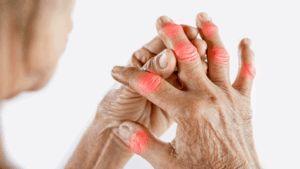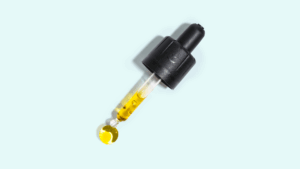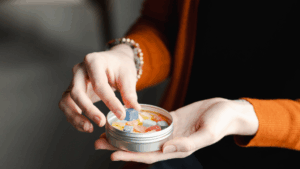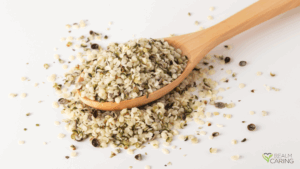
The Effect of Cannabis on Your Libido: What the Research Says
Sexual Health Awareness Month and Libido Sexual Health Awareness Month is a time to highlight how intimacy and desire contribute to overall wellbeing. Libido, the natural drive for sex,

Sexual Health Awareness Month and Libido Sexual Health Awareness Month is a time to highlight how intimacy and desire contribute to overall wellbeing. Libido, the natural drive for sex,

As researchers and educators at Realm of Caring, we believe in a holistic, evidence-informed approach to supporting healthy aging and addressing Alzheimer’s disease. While aging is inevitable, there are natural

Inflammation is at the root of many health challenges, from arthritis and gut issues to brain fog and chronic pain. While inflammation is a natural defense mechanism, when it becomes

Introduction When facing cancer, many people look beyond traditional treatments for options that might help manage symptoms or even fight the disease itself. Cannabis is often part of that

Fibromyalgia can feel relentless. For those living with it, the daily reality often includes widespread pain, exhaustion, migraines, brain fog, sleep struggles, and mood changes. Standard treatments from antidepressants and

Alcohol is one of the most widely consumed substances in the world. For many, drinking is part of social life, yet the consequences of overuse include liver damage, increased risk

August 15th is National Relaxation Day that serves as a gentle reminder to pause, breathe, and let some of life’s stress roll off your shoulders. While there are many ways

Founded by Heather Jackson and Paige Figi in 2013, Realm of Caring (RoC) began as a small, community-driven nonprofit – a lifeline for families seeking hope for their ailing children.

If you’ve browsed a CBD store or hemp dispensary lately, you may have come across terms like “Delta-8 THC,” “Delta-9 THC,” and “hemp-derived THC.” They may sound similar, but the

Each July, National Hemp Month offers us a moment to reflect on the incredible potential of the hemp plant—not just as a source of therapeutic cannabinoids, but also as a
Open the following in new tabs if you:
If you are already a user: Client Login
If you are not, then register: Client Registration
Once Logged in, click below to refresh the page.